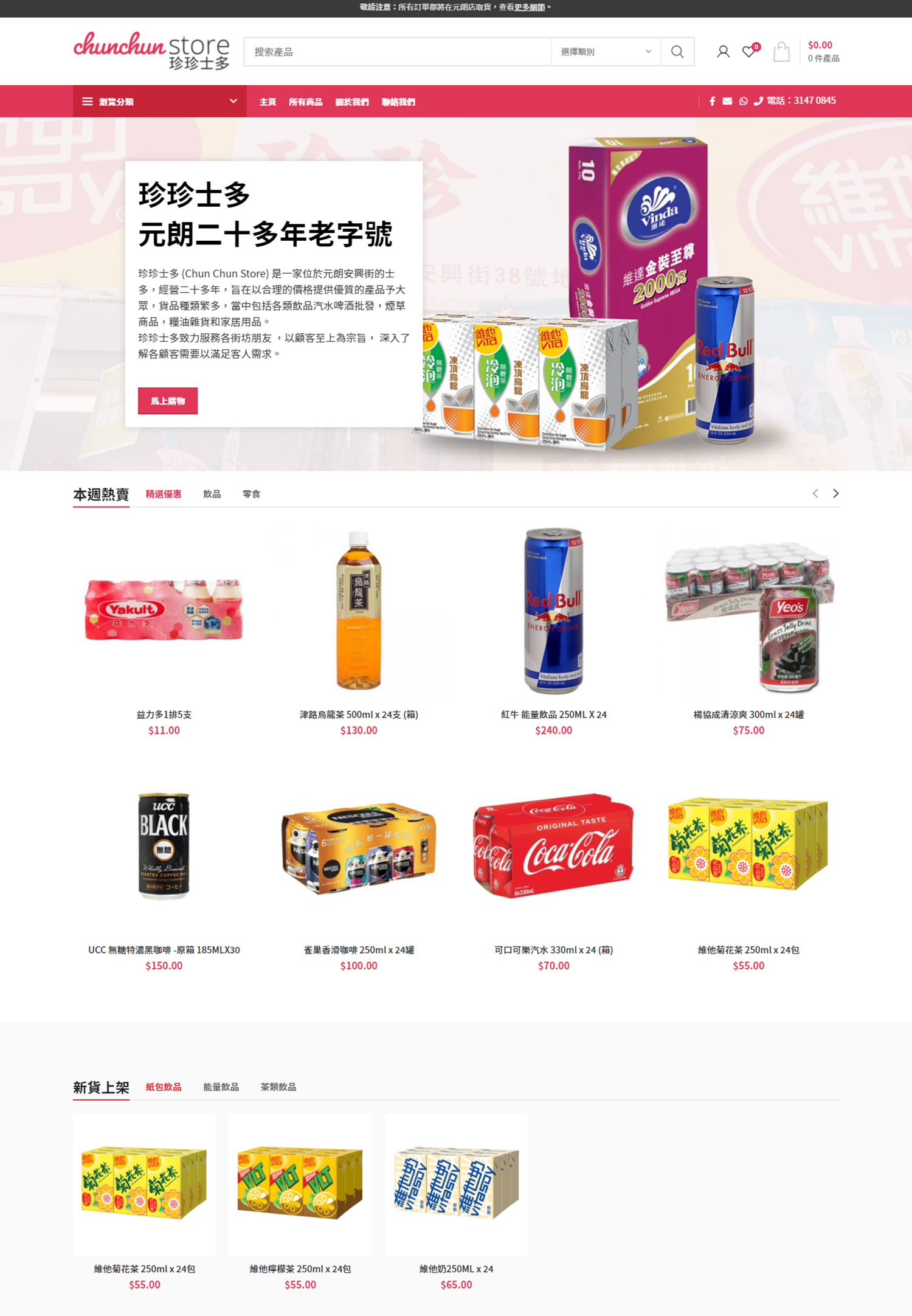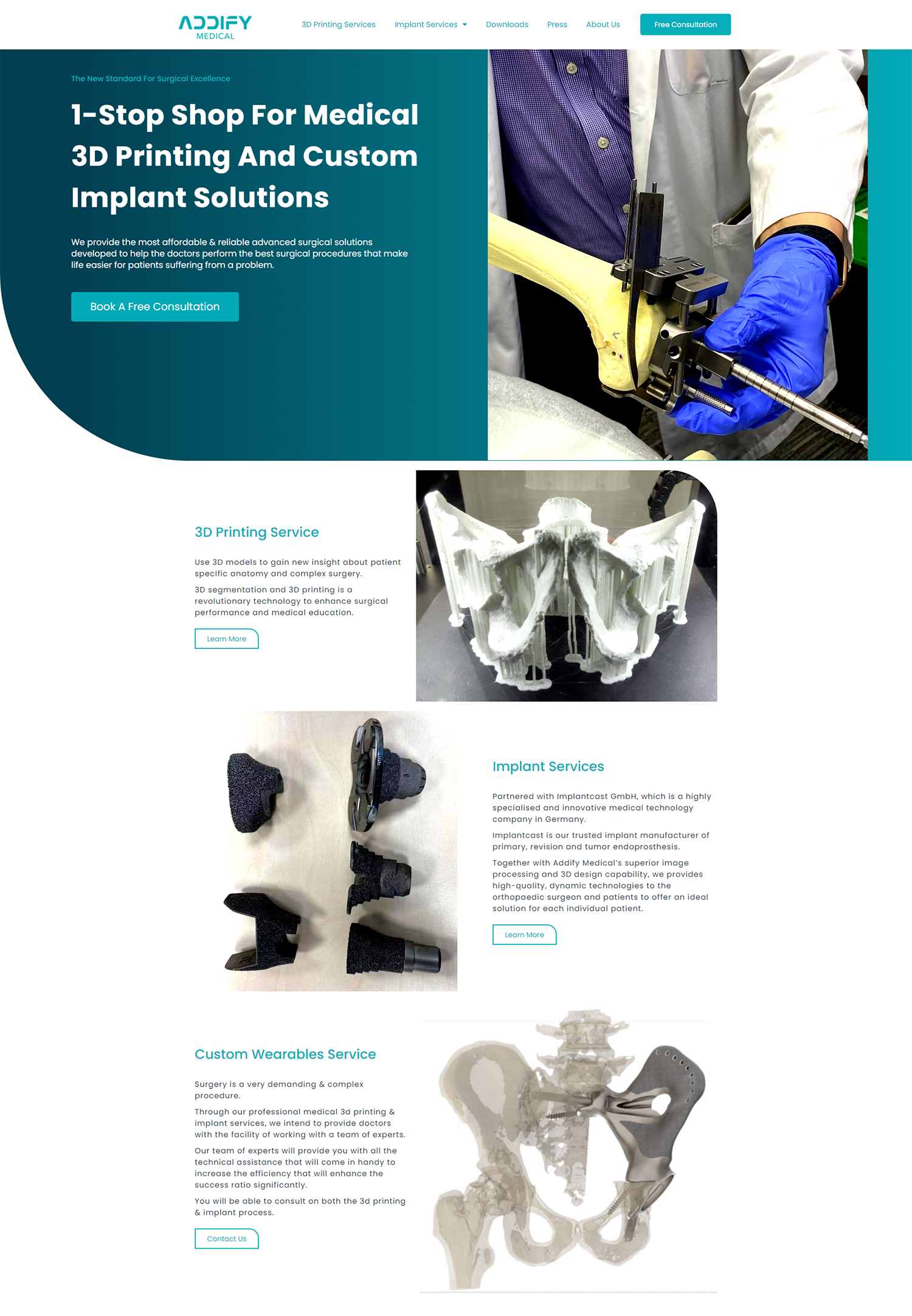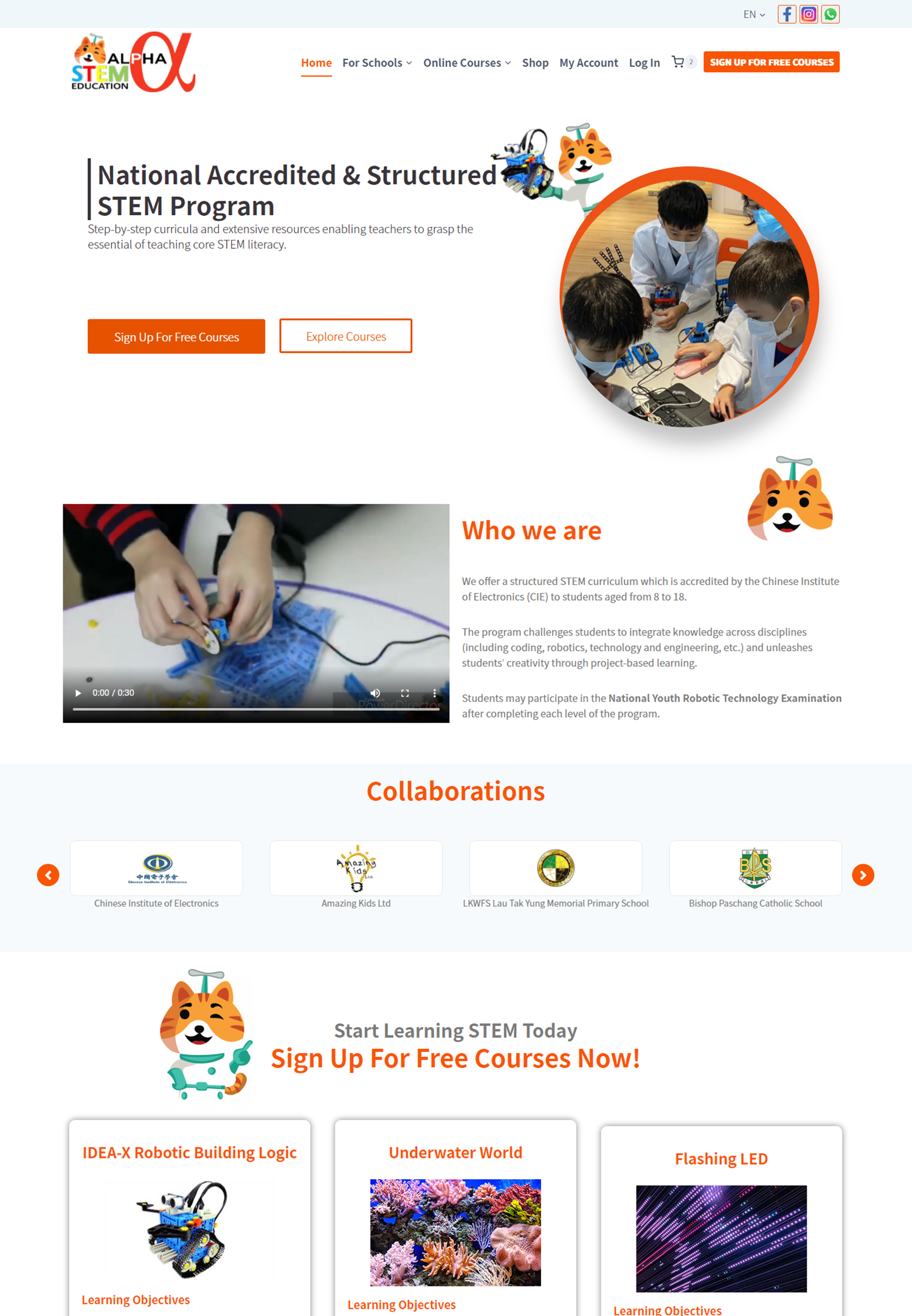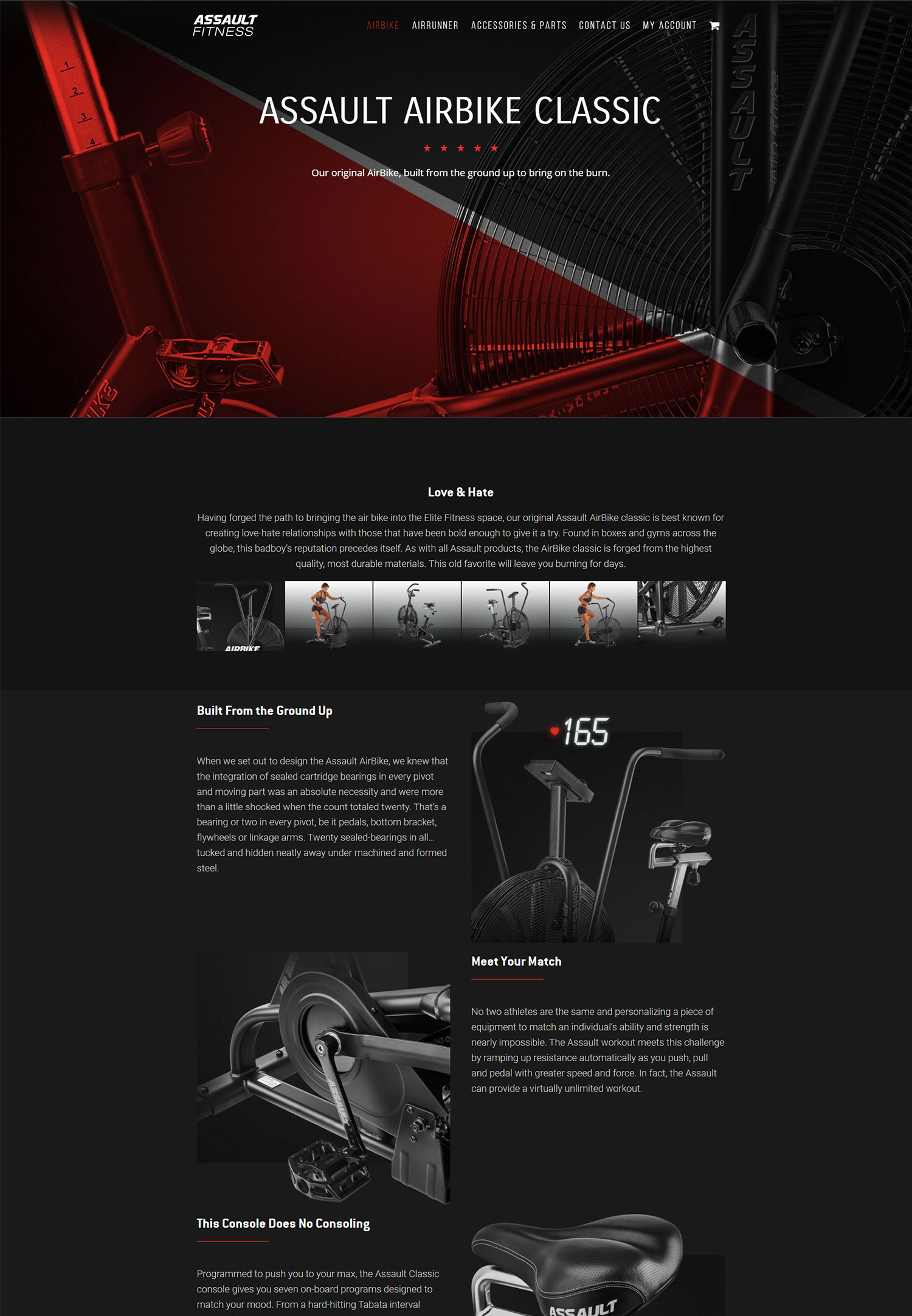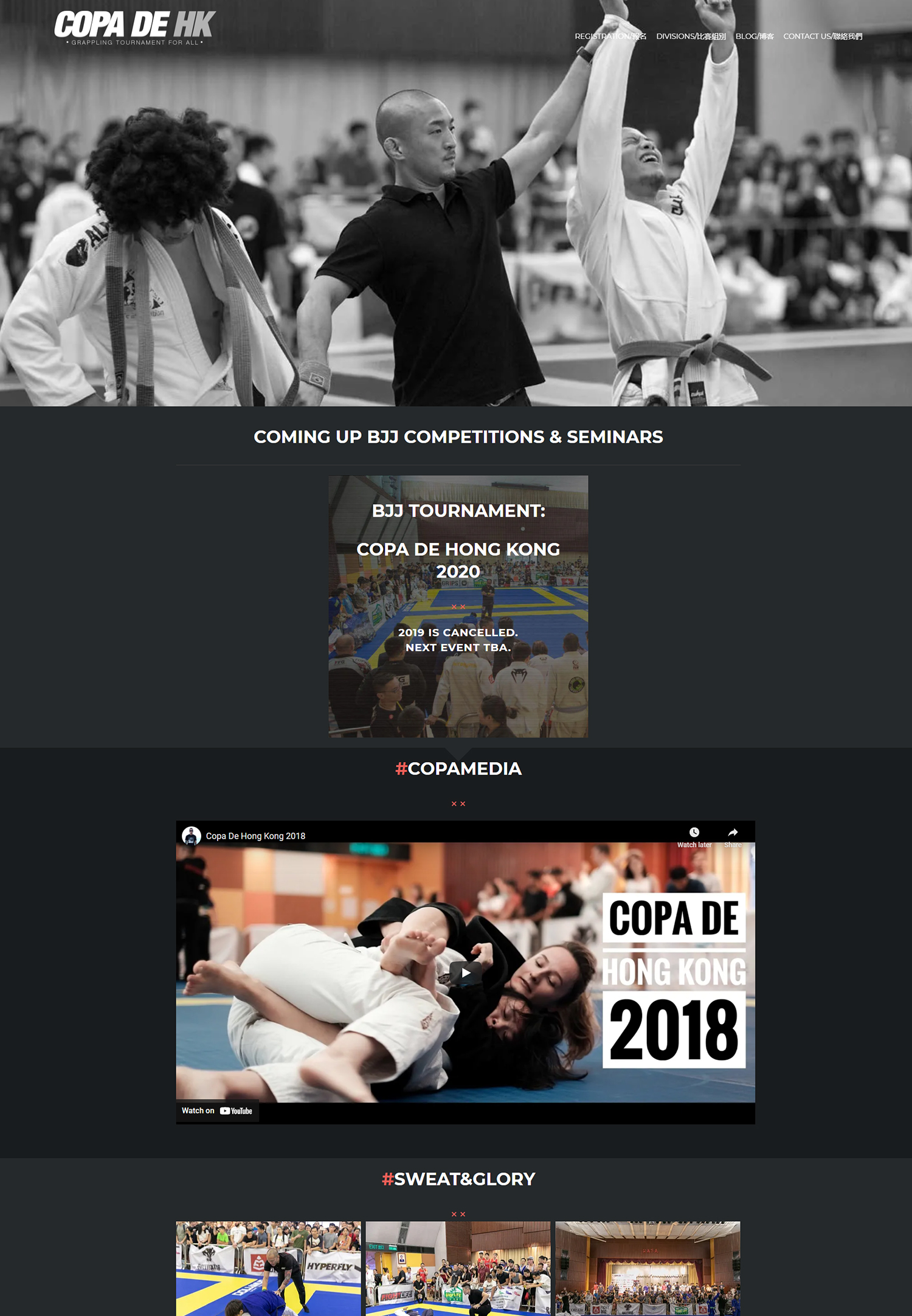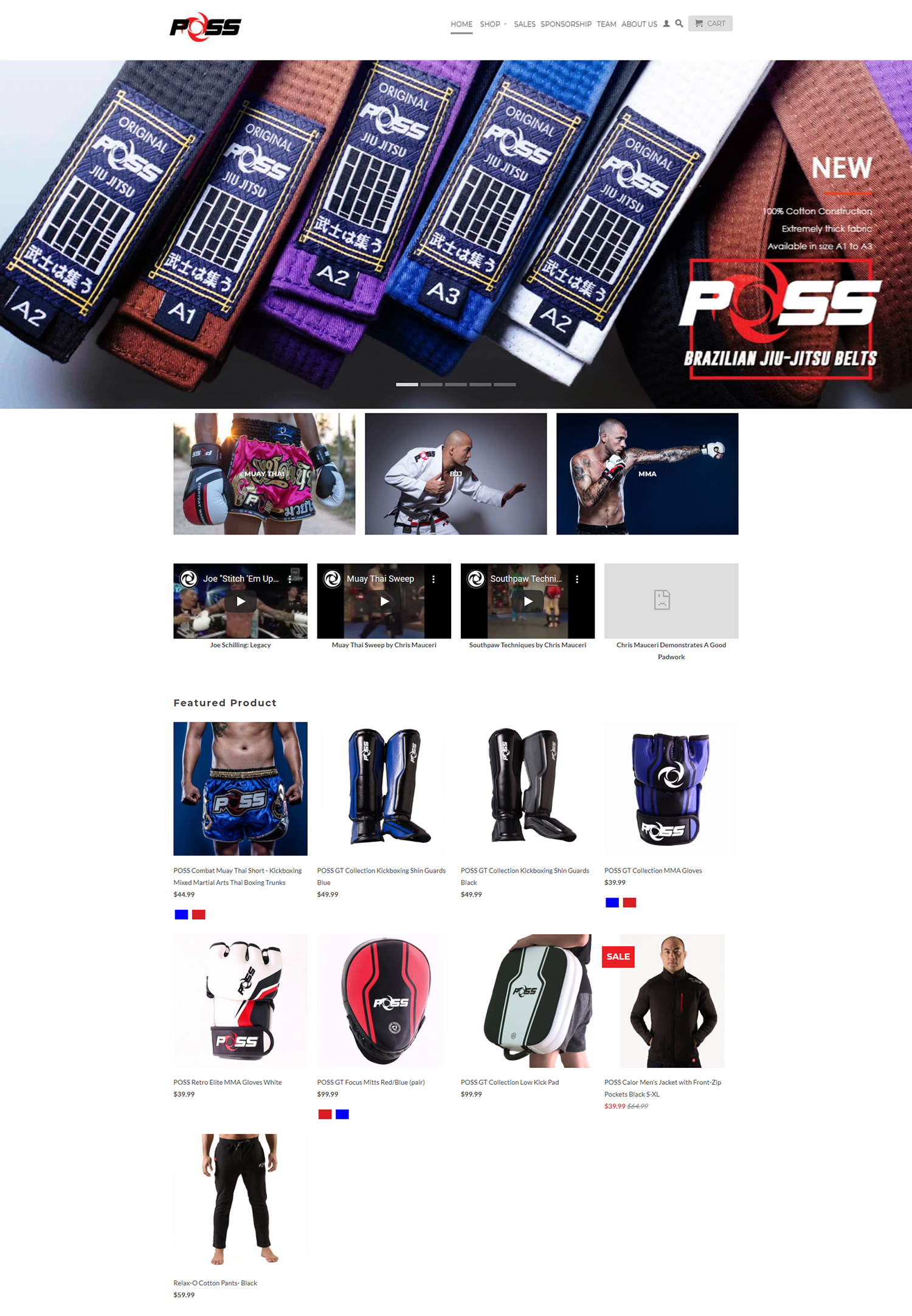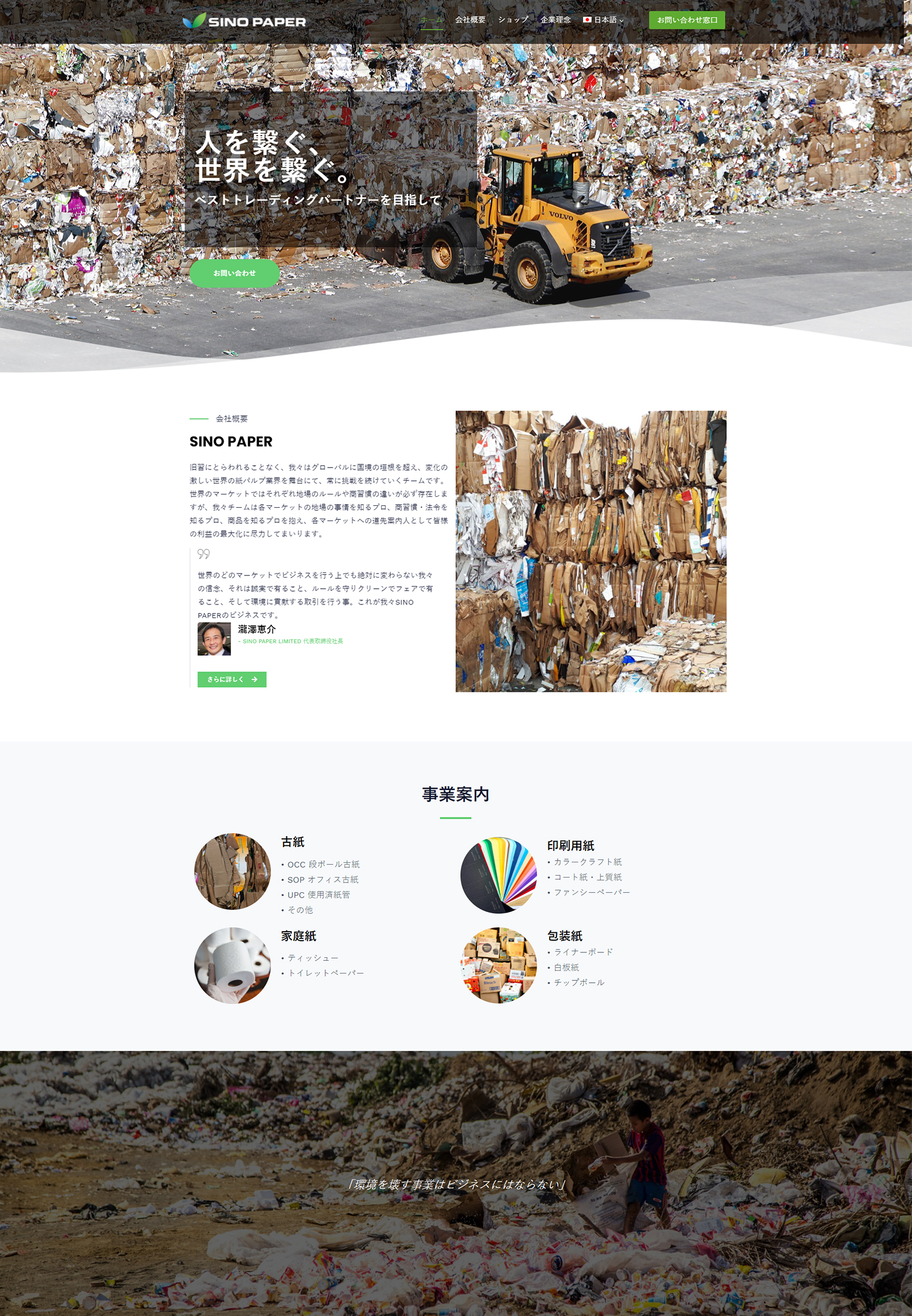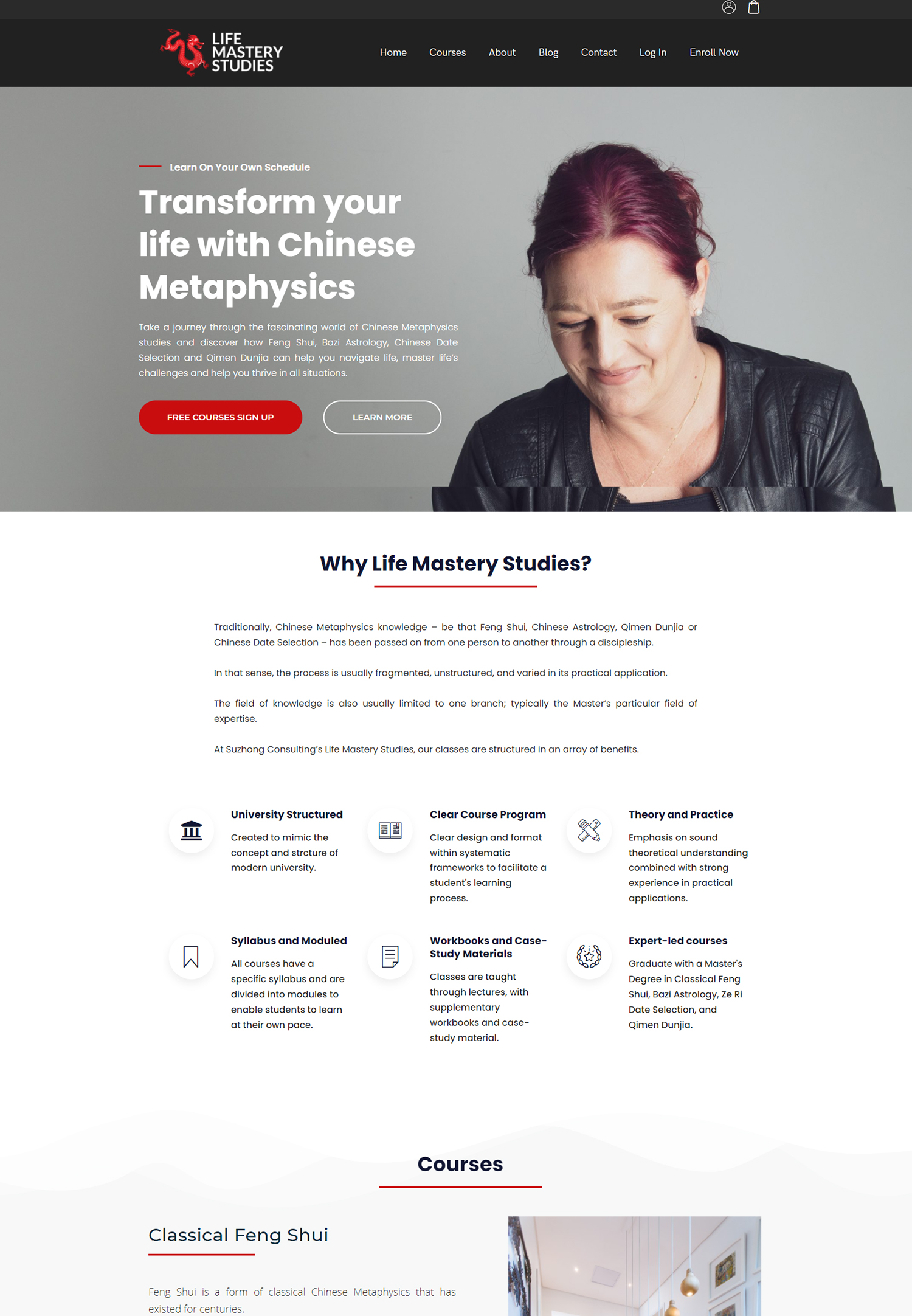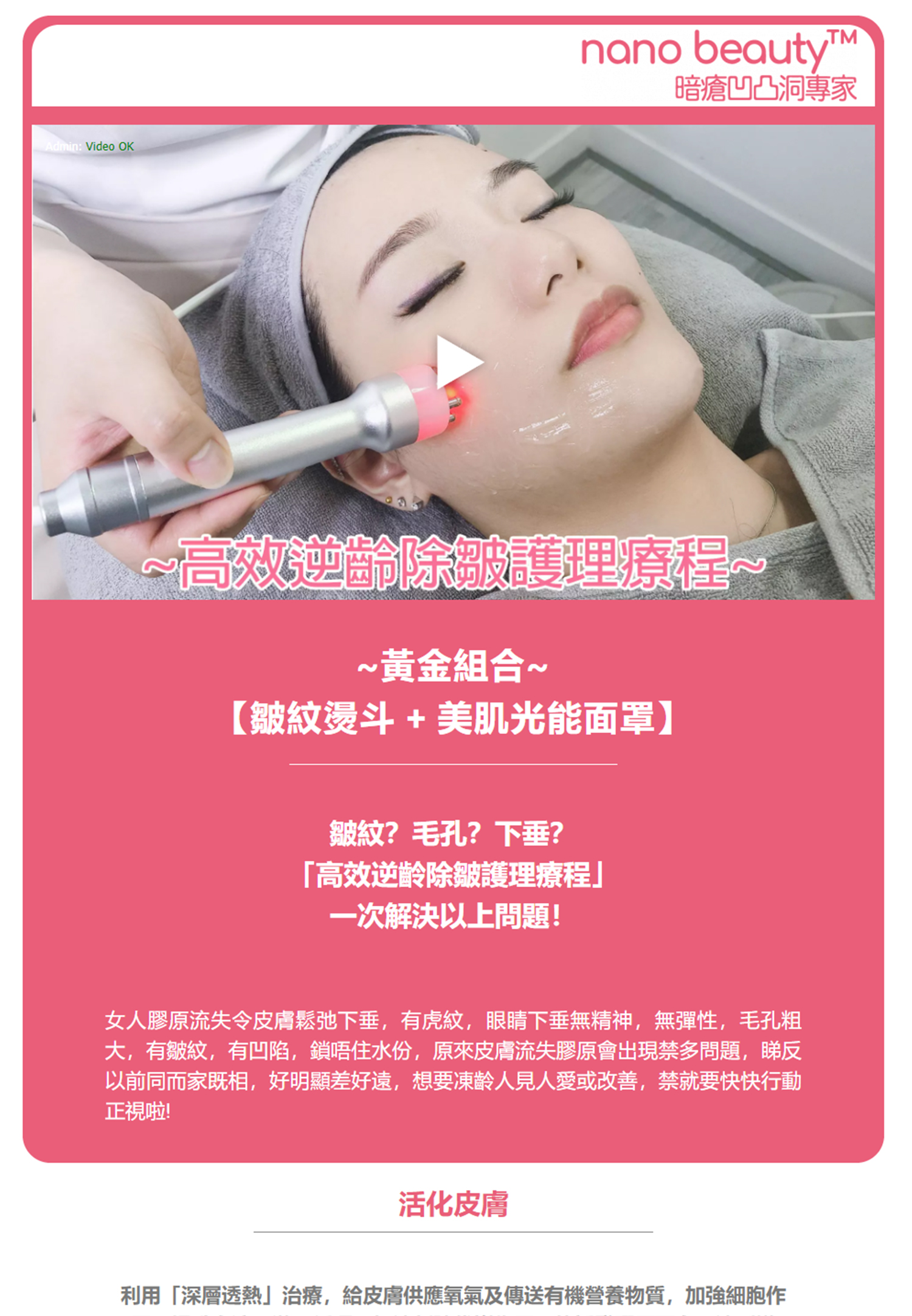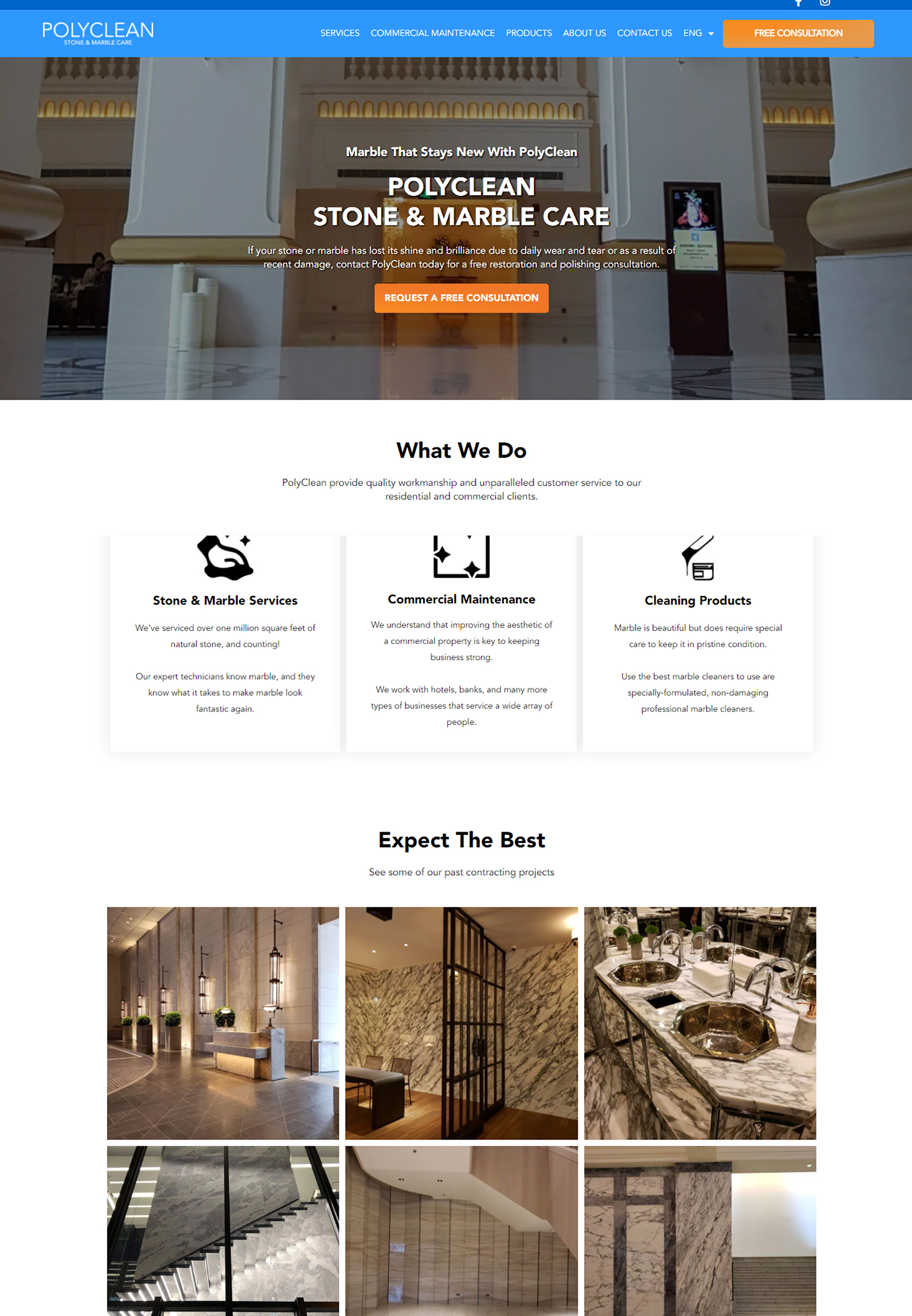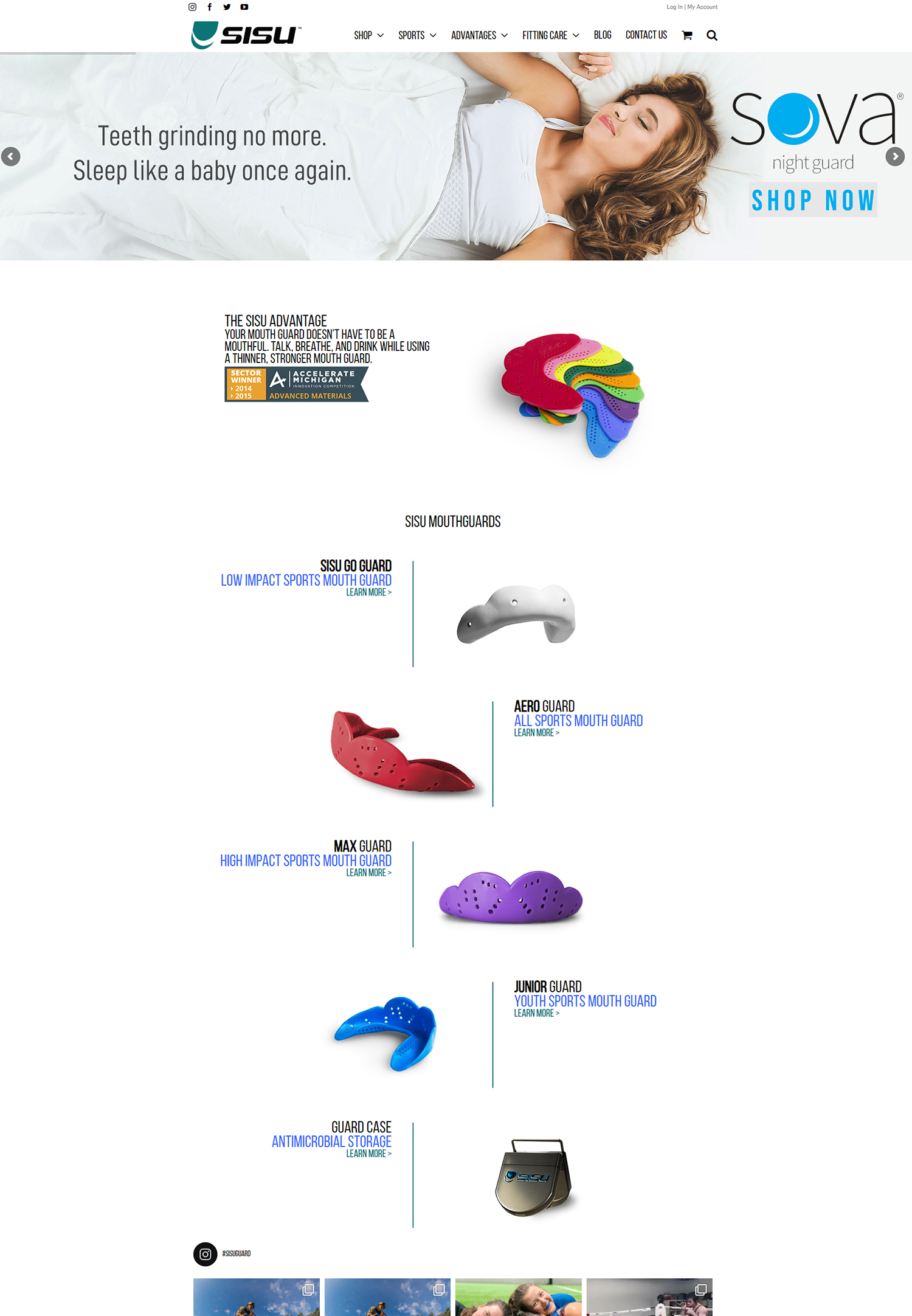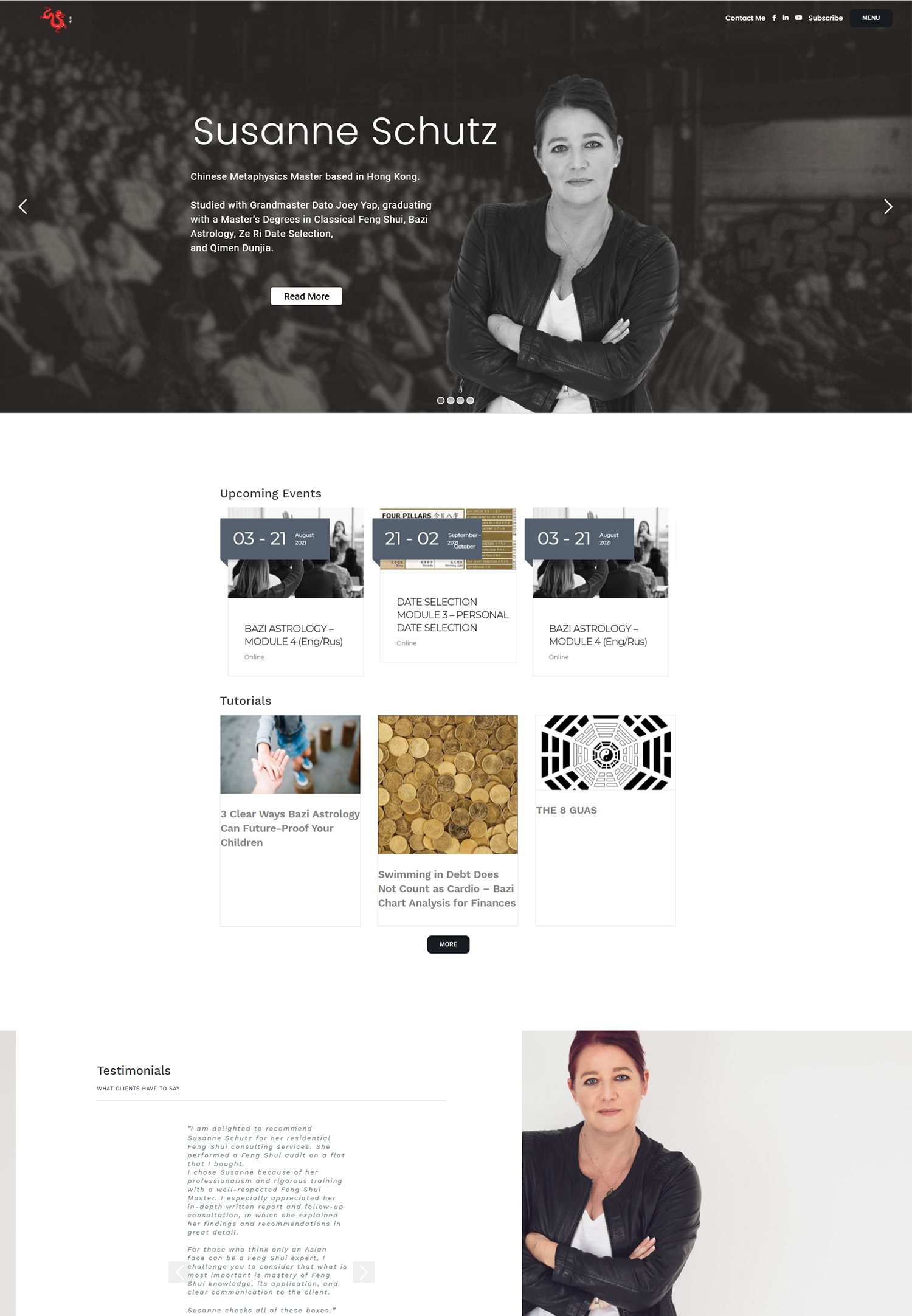To effectively engage with our audience, we must first take the time to understand who they are. This involves delving into their demographics, interests, and behaviors. By gathering data through surveys, social media interactions, and market research, we can paint a clearer picture of our ideal customer.
We should consider factors such as age, gender, location, and income level, as these elements can significantly influence their purchasing decisions. Additionally, understanding their lifestyle choices and values can help us tailor our messaging to resonate more deeply with them. Moreover, we should not overlook the importance of empathy in this process.
By putting ourselves in the shoes of our audience, we can better appreciate their motivations and challenges. This empathetic approach allows us to connect on a more personal level, fostering trust and loyalty. We can engage in conversations with our audience through various channels, such as social media or community forums, to gain insights into their preferences and pain points.
Ultimately, the more we know about our target audience, the more effectively we can communicate with them and meet their needs.
Key Takeaways
- Understand your target audience by conducting thorough research and analysis of their demographics, behaviors, and preferences.
- Identify their pain points and desires by engaging with them through surveys, interviews, and social media interactions.
- Craft a compelling value proposition that clearly communicates the benefits and solutions your product or service offers to address their needs.
- Create a sense of urgency by highlighting limited-time offers, exclusive deals, or special promotions to encourage immediate action.
- Offer a unique and exclusive deal that sets your product or service apart from competitors and provides added value to your target audience.
Identifying their pain points and desires
Once we have a solid understanding of our target audience, the next step is to identify their pain points and desires. Pain points are the specific problems or challenges that our audience faces, while desires represent their aspirations and goals. By recognizing these elements, we can position our products or services as solutions that address their needs.
We can conduct interviews or focus groups to gather qualitative data that reveals what keeps our audience up at night and what they hope to achieve. In addition to direct feedback, we can analyze online discussions and reviews related to our industry. This research can uncover common frustrations or unmet needs that our audience expresses.
For instance, if we notice that many potential customers are struggling with a particular issue that our product can solve, we can highlight this in our marketing efforts. Simultaneously, we should also pay attention to their desires—what they aspire to achieve or experience. By aligning our offerings with both their pain points and desires, we create a compelling narrative that speaks directly to their hearts and minds.
Crafting a compelling value proposition
With a clear understanding of our audience’s pain points and desires, we can now craft a compelling value proposition. This statement should succinctly convey the unique benefits of our product or service and how it addresses the specific needs of our target audience. A strong value proposition not only highlights what sets us apart from competitors but also resonates emotionally with our audience.
We should focus on clarity and conciseness, ensuring that our message is easily understood and memorable. To create an effective value proposition, we can utilize the insights gained from our research on pain points and desires. For example, if we discover that our audience values sustainability, we can emphasize how our product is eco-friendly and contributes to a healthier planet.
Additionally, we should consider incorporating storytelling elements into our value proposition. By sharing relatable anecdotes or testimonials that illustrate the positive impact of our offerings, we can create a deeper connection with our audience. Ultimately, a well-crafted value proposition serves as the foundation for all our marketing efforts.
Creating a sense of urgency
In order to drive action from our audience, we must create a sense of urgency around our offerings. This psychological trigger encourages potential customers to make decisions quickly rather than procrastinating or delaying their purchases. There are several strategies we can employ to instill urgency in our messaging.
For instance, limited-time offers or exclusive promotions can motivate customers to act swiftly before they miss out on a valuable opportunity. Additionally, we can highlight scarcity by emphasizing limited stock or availability. When customers perceive that a product is in high demand or that there are only a few items left, they may feel compelled to make a purchase sooner rather than later.
We should also consider using countdown timers in our marketing materials to visually reinforce the urgency of the offer. By combining these tactics with clear calls to action, we can effectively prompt our audience to take the next step in their buying journey.
Offering a unique and exclusive deal
To further entice our audience, we should consider offering a unique and exclusive deal that sets us apart from competitors. This could take the form of special discounts, bundled products, or added bonuses that enhance the overall value of the purchase. By presenting an offer that feels exclusive or tailored specifically for them, we can create a sense of belonging and appreciation among our customers.
Moreover, exclusivity can be achieved through membership programs or loyalty rewards that provide ongoing benefits for repeat customers. By making our audience feel like they are part of an exclusive club, we foster brand loyalty and encourage repeat business. We should also communicate the uniqueness of our offer clearly in our marketing materials, ensuring that potential customers understand why this deal is not just another run-of-the-mill promotion but rather a valuable opportunity they won’t want to miss.
Providing social proof and testimonials
In today’s digital age, social proof plays a crucial role in influencing consumer behavior. When potential customers see that others have had positive experiences with our products or services, they are more likely to trust us and make a purchase themselves. Therefore, it is essential for us to showcase testimonials and reviews from satisfied customers prominently in our marketing efforts.
We can gather testimonials through follow-up surveys or by encouraging customers to share their experiences on social media platforms. Highlighting these positive reviews on our website or in promotional materials not only builds credibility but also reinforces the effectiveness of our offerings. Additionally, we can leverage user-generated content by encouraging customers to share photos or videos of themselves using our products.
This authentic representation of real people enjoying our offerings serves as powerful social proof that resonates with potential buyers.
Making the offer easy to understand and access
Clarity is key when it comes to presenting our offers to potential customers. We must ensure that all aspects of the offer are easy to understand and navigate. This includes clear descriptions of the product or service being offered, as well as straightforward pricing information without hidden fees or complicated terms.
By simplifying the purchasing process, we reduce friction and make it easier for customers to say yes. Furthermore, we should consider optimizing our website or landing pages for user experience. This means ensuring that navigation is intuitive and that customers can easily find what they are looking for without unnecessary distractions.
Providing multiple payment options and clear instructions for completing the purchase will also enhance accessibility. The more seamless we make the buying experience, the more likely customers will be to follow through with their purchase.
Testing and tweaking your offer for maximum effectiveness
Finally, it is essential for us to continuously test and tweak our offers for maximum effectiveness. The market is constantly evolving, and consumer preferences may shift over time. By implementing A/B testing on different elements of our offers—such as pricing structures, messaging styles, or promotional tactics—we can gather valuable data on what resonates best with our audience.
We should analyze metrics such as conversion rates and customer feedback to identify areas for improvement. If certain aspects of an offer are underperforming, we must be willing to adapt and refine them based on insights gained from testing. This iterative approach not only helps us stay relevant but also demonstrates to our audience that we are committed to providing them with the best possible experience.
By remaining agile and responsive to feedback, we can ensure that our offers continue to meet the evolving needs of our target audience effectively. In conclusion, understanding our target audience is just the beginning of creating successful offers that resonate with them. By identifying their pain points and desires, crafting compelling value propositions, creating urgency, offering unique deals, providing social proof, ensuring clarity in access, and continuously testing our strategies, we position ourselves for success in an ever-competitive marketplace.
Through these efforts, we not only drive sales but also build lasting relationships with our customers based on trust and satisfaction.






